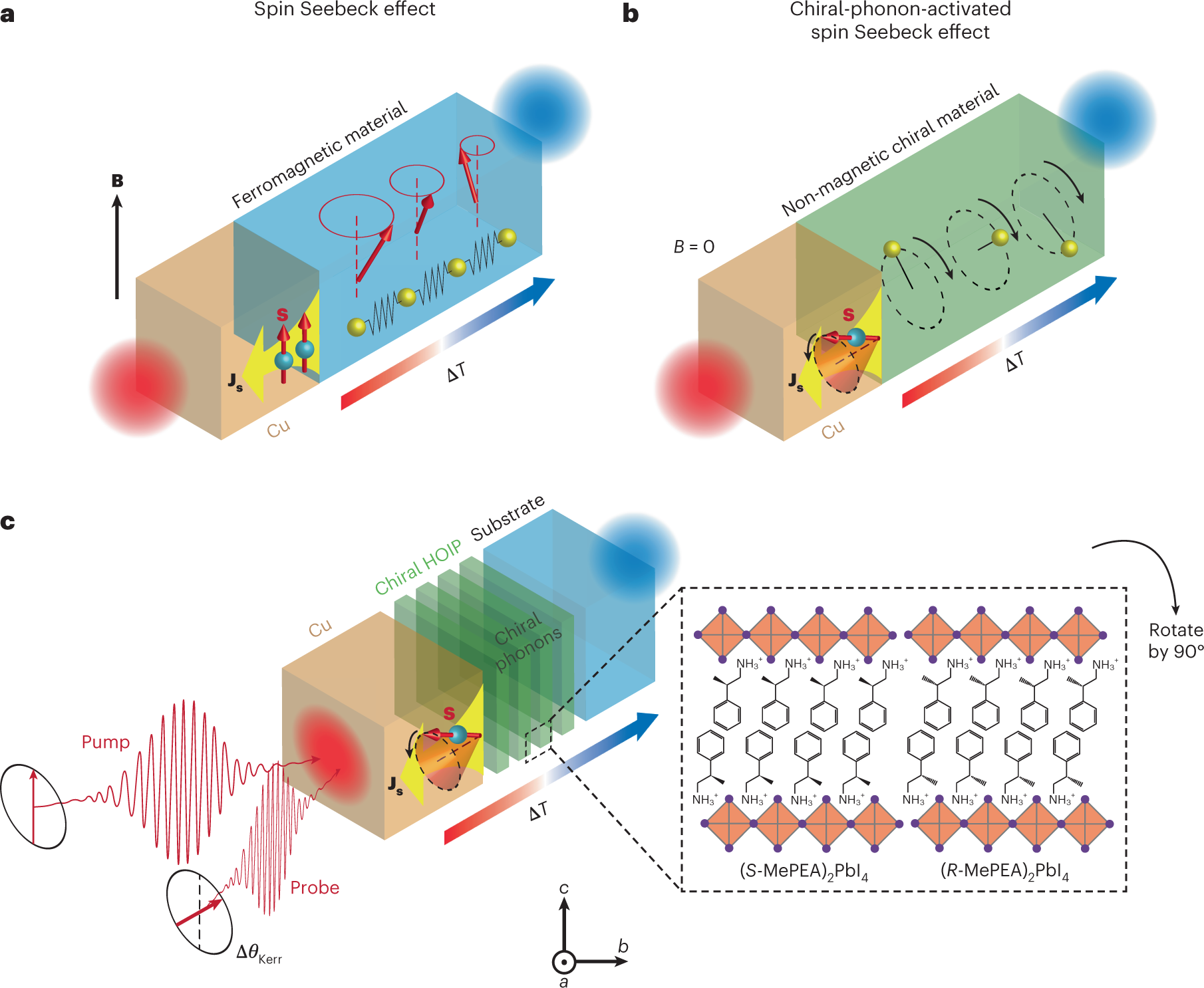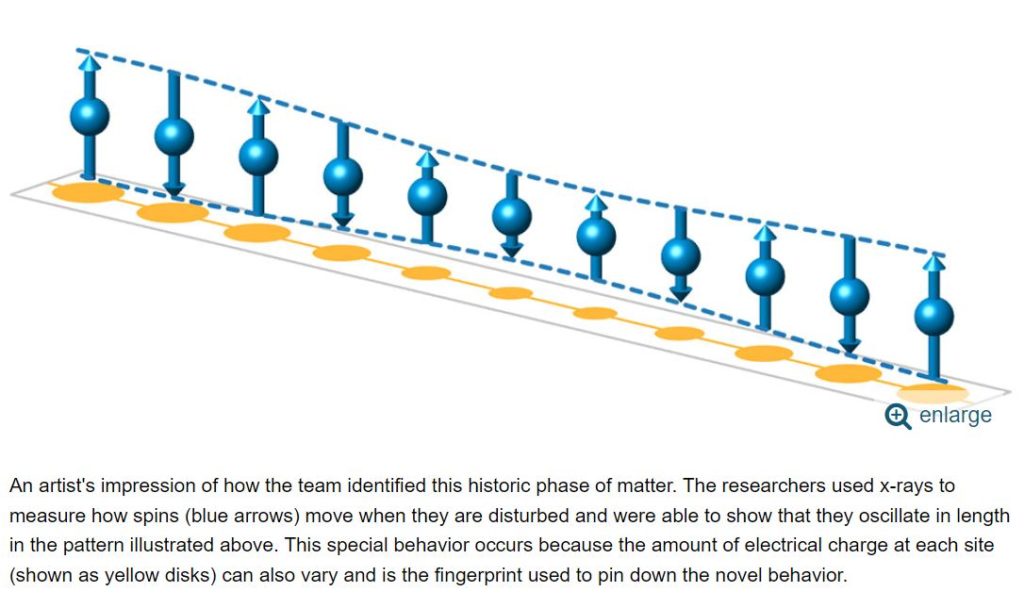
Researchers recently made a groundbreaking discovery on the nanoscale: a new type of quasiparticle found in all magnetic materials, no matter their strength or temperature. These new properties shake up what researchers previously knew about magnetism, showing it’s not as static as once believed.
“Emergent topological quasiparticle kinetics in constricted nanomagnets,” was published in Physical Review Research. The researchers include Deepak Singh and Carsten Ullrich from the University of Missouri’s College of Arts and Science, along with their teams of students and postdoctoral fellows.
“We’ve all seen the bubbles that form in sparkling water or other carbonated drink products,” said Ullrich, Curators’ Distinguished Professor of Physics and Astronomy...
Read More









Recent Comments